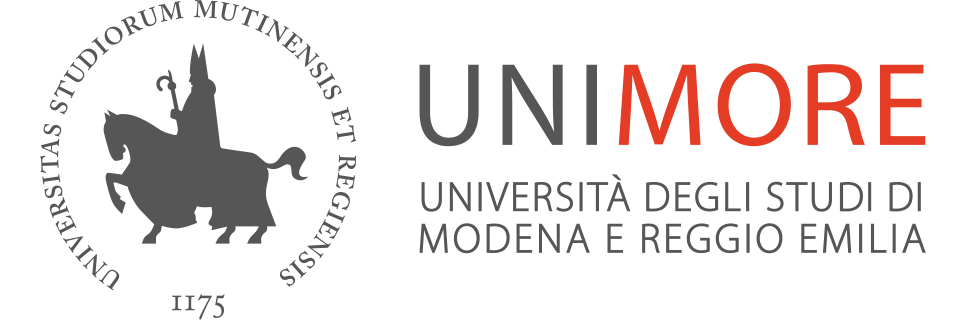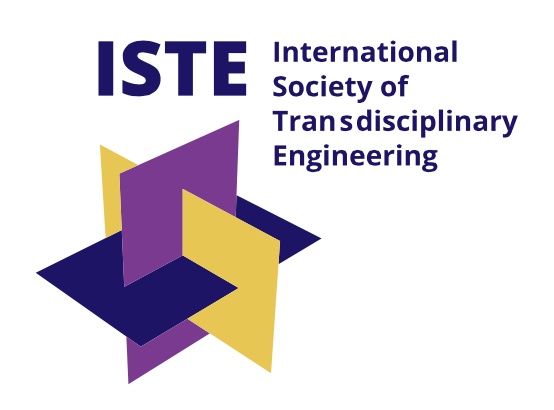Maximizing the Impact of Classroom Monitoring
Effective teaching goes beyond just sending information; That includes creating an environment that fosters student growth and success. Central to this approach to learning is the use of classroom observation—a dynamic and multifaceted process that plays an important role in shaping the educational experience. As educators, we wear the hats of architects, not just teachers, and create learning environments that impact every student. In this article, we begin to explore the critical area of classroom observation, providing practical strategies and techniques to empower teachers to maximize its impact.
II. The Fundamentals of Classroom Monitoring
Classroom monitoring is not a passive observation; it's a dynamic process intricately linked to student engagement and success. At its essence, it involves a nuanced understanding of the individual needs of students, facilitating the adaptation of teaching methods to diverse learning styles. The integration of both traditional and modern monitoring methods creates a holistic approach. Traditional methods ground us in proven practices, while modern tools offer efficiency and real-time insights, forming a symbiotic relationship that empowers educators to tailor their strategies for maximum effectiveness.
III. Practical Strategies for Classroom Monitoring
In today's tech-driven educational landscape, leveraging technology enhances the precision and immediacy of real-time monitoring. Introducing tools and apps like Edulegit.com, a classroom computer monitoring software designed for assignment evaluation, not only streamlines the monitoring process but also adds a layer of sophistication to educators' arsenals. This software offers automated checking of student papers for plagiarism and AI-generated content, ensuring the integrity of the learning process. Moreover, it diligently monitors students' approach to their responsibilities, providing educators with valuable insights into individual progress. The result is a reduction in the time spent by educators on manual paper assessments, allowing them to allocate more time to tailored instructional strategies. Edulegit.com, in particular, stands out by offering comprehensive monitoring of writing activities in the classroom, fostering an environment where both educators and students can thrive. Striking this balance between technology and pedagogy is instrumental in creating a classroom atmosphere that maximizes learning.
IV. Teacher Insights: Real-Life Experiences
Learning from the experiences of seasoned educators adds depth and practicality to our understanding of effective classroom monitoring. Through in-depth interviews and rich case studies, this section brings forth the real-life challenges faced and triumphs achieved in implementing impactful monitoring practices. Extracting valuable lessons directly from these educational mentors provides a tangible and relatable roadmap for teachers seeking to maximize the impact of monitoring in their own classrooms. It's a journey through the trenches of teaching, where resilience, adaptability, and the human element shine through.
V. Maximizing Student Engagement Through Monitoring
The key to effective teaching is student engagement. Creating a positive and inclusive learning environment requires active management—a commitment to creating an environment where every student feels seen, heard, and valued. This is a desirable approach that goes beyond academic achievement and encompasses the holistic development of each student. The educational impact of effective classroom research cannot be overstated. As we reflect on shared insights, it is clear that our role as educators Fares include buffet breakfast



